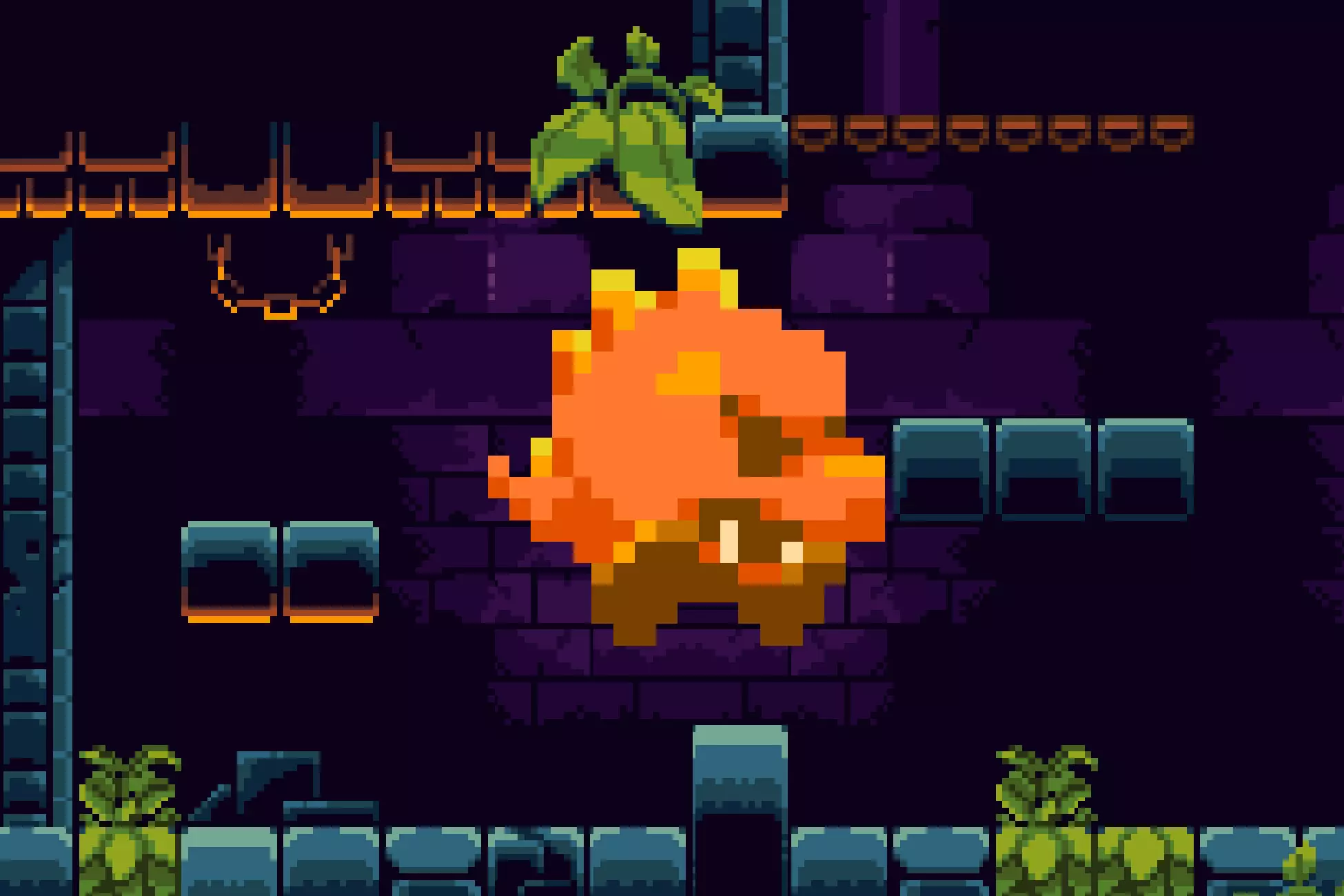Overview
During this project, I explored video game technologies and simulation techniques by developing a 2D platformer game using Unity engine. The project was mainly focused in getting familiar with the game engine and its core logic. While doing this project I interacted with various aspects of gaming simulations, such as physics, artificial intelligence, design patterns, navigation through an environment, effects & audio, and evolving the gameplay simulation.
 Main game character
Main game character
Workflows used: Git and Agile. Technologies used: Unity, C#, HLSL, ShaderLab.
Note: This project was done as part of assessment for module CSC3232.
Things Implemented
- Newtonian Physics
- Collision Detection
- Collision Response and Feedback
- State-based behaviours
- Pathfinding
- Advanced real-time AI techniques (GOAP & flocking)
- Advanced gameplay progression techniques (Markov Decision Process, Min/Max tree search algorithm)
- Special effects and audio
Play the Game
Learning Outcomes
- Understood the implementation of Newtonian dynamics in a real-time simulation.
- Deduced and applied the appropriate simulation technique given a particular simulation requirement.
- Developed familiarity with the nature of embedded map data, and its role in influencing path planning.
- Gained knowledge about the fundamental algorithms behind effective path finding in games.
- Demonstrated an understanding of the interplay between game logic and physics computation.
- Developed familiarity with code concepts common to game engineering, and their effective implementation.
- Realised the importance of managing game complexity and maintaining correctness of game logic.
Learn More
For more knowledge about the project, visit my project’s repository.